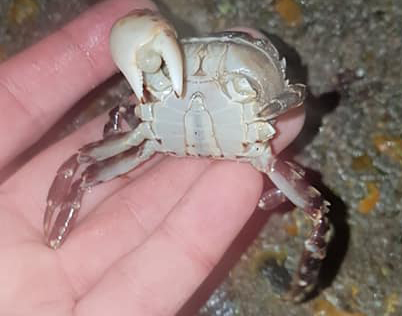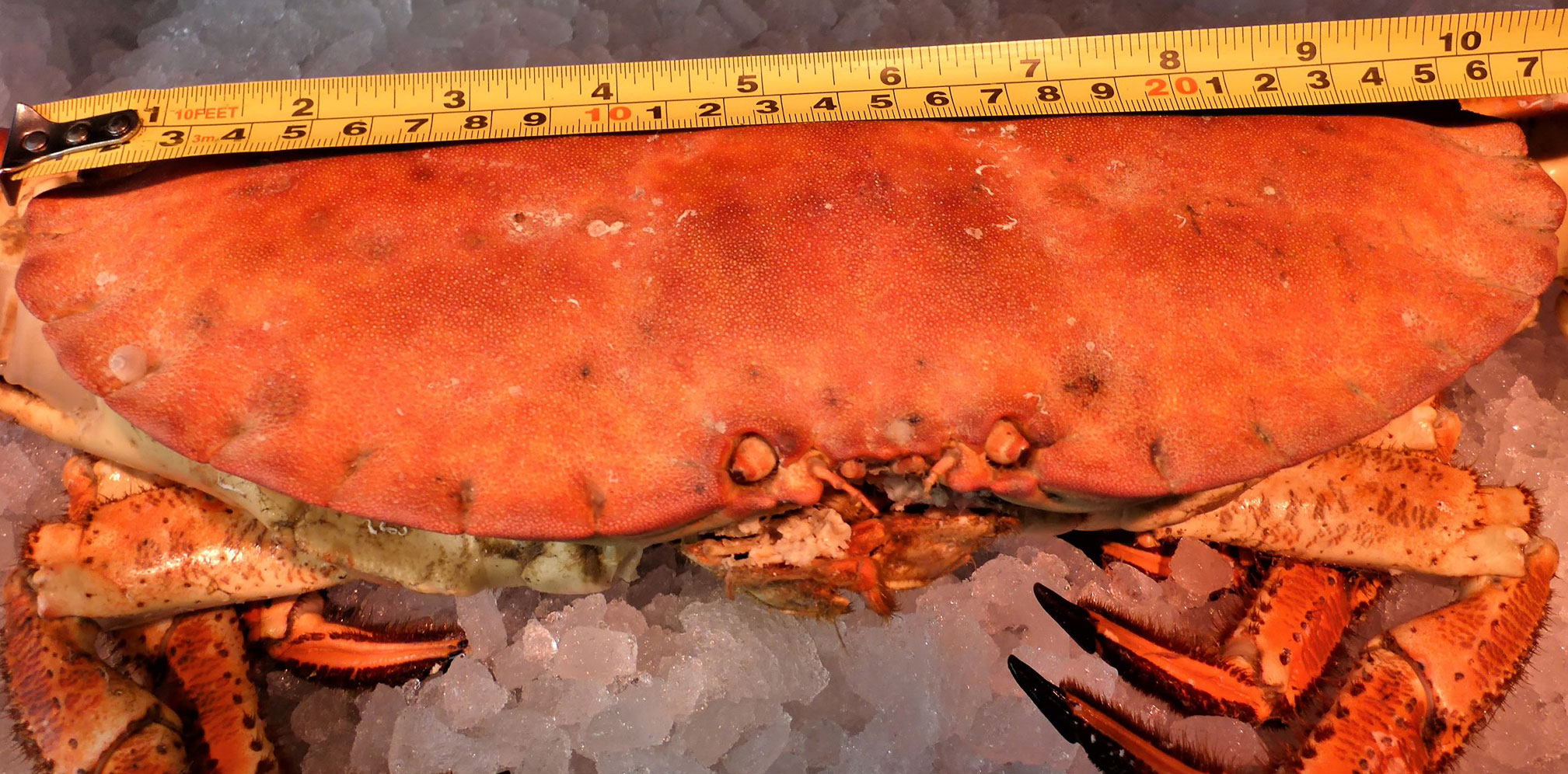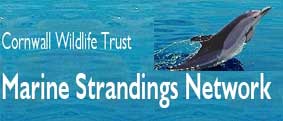LATEST
NEWS:
Reports
have been omitted and truncated because of a serious illness
for
new reports go to

British
Marine Life Study Society
facebook
Page:
https://www.facebook.com/groups/glaucus/
This
is designed for quick less important chatty news items. Photographs can
be uploaded quickly which is no longer possible on the Yahoo Group.
16
March 2020
A
female Short-snouted Seahorse, Hippocampus
hippocampus, was
washed ashore dead on the Camber
Sands on the Sussex coast. This rare stranding
may indicate an offshore population.
BMLSS
Seahorse Reports
BMLSS
Seahorse page
22
February 2020
A
large Common Octopus, Octopus
vulgaris, was washed ashore dead at
Wembury,
south Devon.
The
Common
Octopus is most easily identified, if discovered
in the English Channel, by having two rows of suckers. A hearsay report
says they were all wiped out in the cold winter of 1963.
This octopus
is a southern species at its northern biogeographical limit in winter off
British coasts.
BMLSS
Octopuses
14
February 2020
A
huge 19.25 metre long female Fin Whale, Balaenoptera
physalus, washed up alive on the rocks
at Parbean
Cove near Nare
Point, Helford
estuary, on the Lizard,
south Cornwall, and died hours afterwards in the afternoon. The
second largest whale in the sea inhabits deep water and its presence off
Cornwall is uncommon, although there has been a handful of strandings in
the last decade.
BMLSS
Cetacea
30
January - 2 February 2020
Another
Sperm
Whale, Physeter
macrocephalus,
lost
its way in the southern North Sea and was spotted swimming up and down
the Thames estuary between north Kent and the Isle
of Sheppey for three days before it perished.
The post-mortem
found that the whale had not fed before death.
Mass
Sperm Whales Stranding 2016
22
January 2020

Asian
Shore Crab, Hemigrapsus sanguineus
Photograph
by Jason Huckerby
A strange
crab found under a rock on the shore near Brighton,
Sussex, turned out to be an alien
invader known as the Asian Shore Crab,
Hemigrapsus
sanguineus,
and this seems to be the
first confirmed specimens off the coast of Sussex, although there seem
to been unverified reports before. The fleshy
bulb between the pincers confirms its identification. This crab is a native
species of the North-West Pacific coast. It is now established on the other
side of the English Channel on the shores of France, Belgium and the Netherlands.
There been British
reports from Wales and Kent.
First
Welsh Report 2014
MBA
Crabwatch
21
January 2020

Edible
Crab, 275 mm width
(The
largest recorded specimen known was 285 mm wide.)
A large
(cooked) Edible Crab,
Cancer
pagurus, was seen at Jackson's
Fishmongers, Newton Abbot, 4.5 kg live
weight! It was likely it was scooped up
by a bottom trawl (out of Brixham) over sand or stones while out for a
walk as it wouldn't fit into the average static crab pot.
BMLSS
Large Edible Crabs
18
January 2020
An
injured Kemp's
Ridley Turtle,
Lepidochelys
kempii,
found
alive near the shore off Seaford,
Sussex, finally succumbed to the cold and injuries.
This rarest of sea turtles is found in warm and tropical waters, the Atlantic
Ocean and the Gulf of Mexico.
BMLSS
Turtles
10
January 2020
Very
much a surprise discovery, the intact but weeks dead, five metres long
Killer
Whale, Orcinus
orca, found on the extensive vegetated
mud flats of The Wash
on the North Sea
coast was the first one stranded in England and Wales for at least 20 years.
Killer
Whales are still regularly seen around the Scottish isles of Orkney
and Shetland and less
frequently off the Outer
Hebrides. The distance out of its normal habitats is over 650 miles.
Killer Whales are, also, sometimes seen in the Western
Approaches and off Cornwall.
The
Hebridean
Community of Killer Whales (or Western
Community) is a community living of the western
seas of Ireland and Scotland. The Northern
Isles Community moves between Iceland and Scotland to hunt and raise
young.
BMLSS
Cetacea
7 January
2020
Unfortunately,
the Hooded Seal, Cystophora
cristata, was found washed up dead.
1
January 2020
An
under nourished male Hooded Seal, Cystophora
cristata, announced his unexpected
appearance on the mud flats at Toormore
Bay, in County Cork, Ireland. Helen Tilson
of Schull Sea Safari discovered
the vagrant Arctic Hooded Seal
in the morning and its identity became apparent when it growled
loudly, which only the males of this seal can do.
The
Hooded
Seal is an Arctic species and it is only the
fourth recorded off Ireland. It congregates to breed around Greenland and
the Denmark Strait
(between Iceland and Greenland) from June to August. For the rest of the
year it tends to be a solitary animal.
BMLSS
Seals
British
Marine Life News 2012


BMLSS
Oil Disasters page


